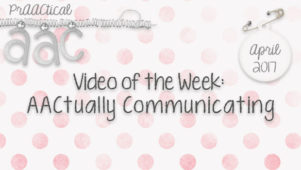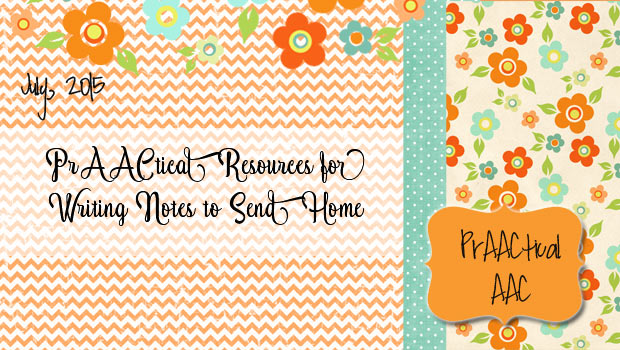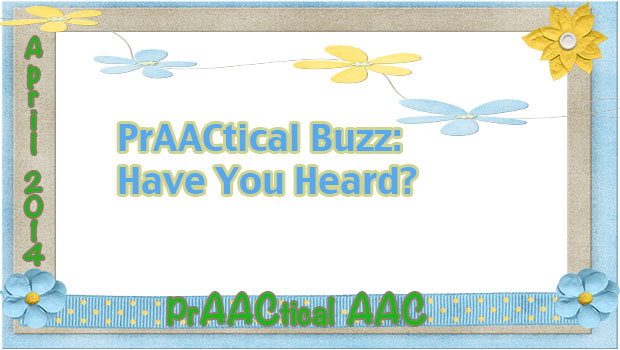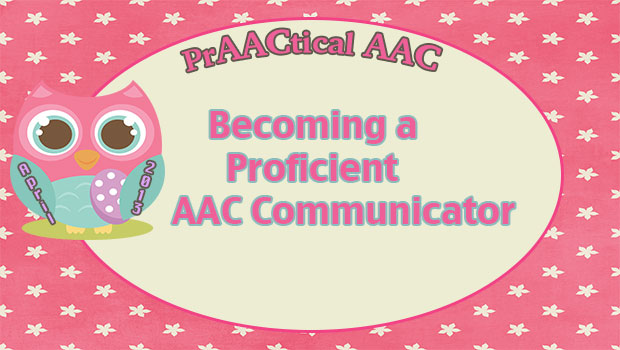5 Quick Steps to Getting Started with the Unconventional Communicator
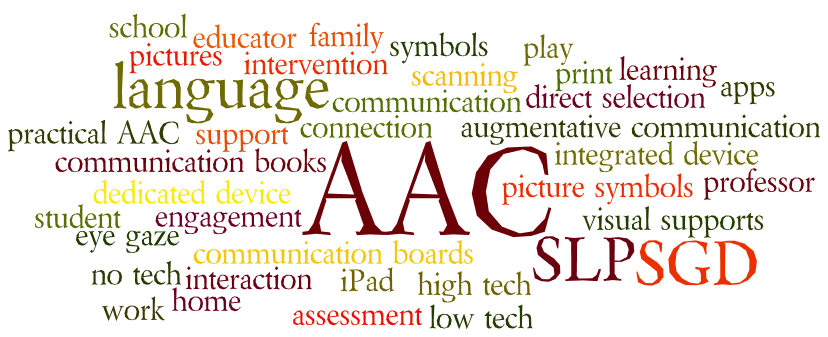
1. Observe: What are they doing that is potentially communicative? Look for clues in behaviors. Consider proximity, persistence, expressions, repetition, intensity, or anything else that might expresses a message. More ideas from the National Consortium on Deaf-Blindness. Great information that is applicable to a wide range of early communicators. Don’t rule this out until you’ve looked at it.
2. Interpret: What does that behavior mean? Think about what would they ‘say’ if there was no communication problem. It can be a positive message (‘I want that’, ‘oh come on pretty please’) or a negative message (‘no, not in a million years, *#%@*# NO!). Check out this great information on communication development as it relates to interpretation of communication behaviors: Novita
3. Honor: Act quickly based on their intention. Acknowledge the message even if you can’t comply with what they want. Try and comply especially if you would comply if they ‘said’ it in a more conventional way or if they could convince you. If you can not comply because it is a non-negotiable issue, then acknowledge the message and support (‘yeah, horrible we have to finish’, or ‘I know rain again- so terrible’). Learn more about the concept of Building Blocks of Language and also be sure to see the section onPrelinguistic Milieu Teaching
4. Respond: Label their intent with spoken words AND signs, pictures, and other AAC tools. Read more about aided language input, a teaching strategy for facilitating spontaneous communication and language.
5. Repeat: The more you do, the faster learning will occur. Set up opportunities to use a similar message with the AAC tools (from #4) to get conventional communication 🙂
Filed under: PrAACtical Thinking
Tagged With: communication, Opportunities, strategies
This post was written by Robin Parker






